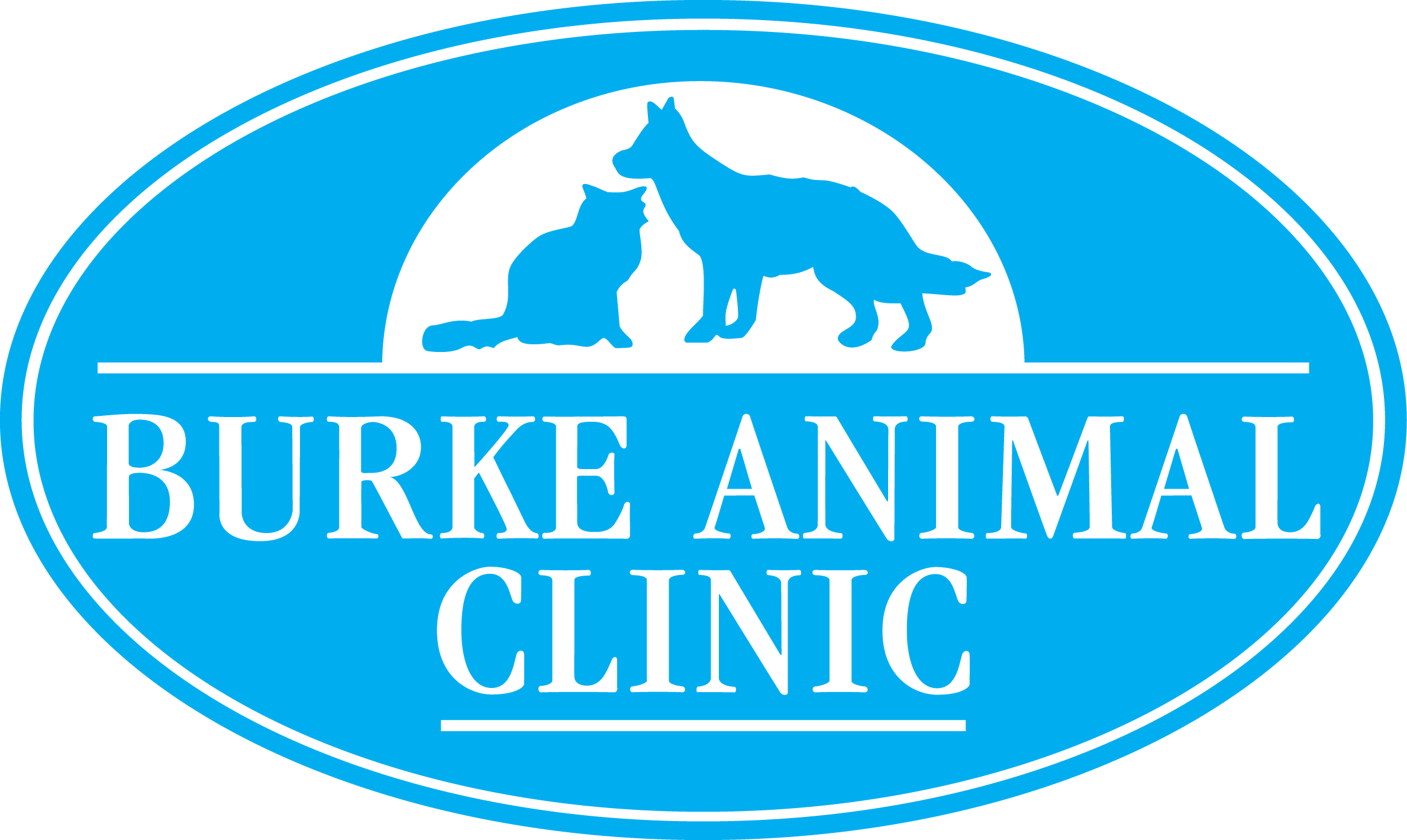Diagnostic Imaging and Radiology
Pet Diagnostic Imaging and Radiology
Our clinic offers a wide variety of treatments and diagnostics to ensure the health of your pet. Using digital imaging and radiology, we can detect issues early or determine the cause of your pet’s pain or discomfort. At Burke Animal Clinic, our animal hospital chooses the best imaging to use based on your pet’s condition and current level of health.
(703) 569-9600
Radiography
We use radiography as a diagnostic tool at our veterinary clinic. Radiography is a type of imaging that takes a picture of the inside of your pet’s body. While it’s most commonly associated with looking for broken and fractured bones, it’s also possible to use radiography to look at the lungs, heart, and abdominal organs.
X-rays are useful in the detection of tumors. Our veterinarian can use digital X-rays to see if your pet has any masses. It’s possible to use an X-ray to determine if cancer has spread to your pet’s lungs.
We may give your dog or cat barium or iodine to help us get a better image of the internal structure of your pet.
Ultrasound
An ultrasound machine uses sound waves to capture an image of the internal structure of your pet’s body. It doesn’t emit any radiation, unlike X-rays. We strive to use this technology as often as possible when we have to diagnose your pet because of how safe it is. It’s useful in monitoring your pet’s abdominal organs including his or her spleen, liver, kidneys, and gallbladder. It’s ideal for diagnosing heart problems since our veterinarian can see your pet’s heartbeat in real-time. It can assist in diagnosing problems with the heart valves as well as blood flow. It’s possible to detect if your pet has any problems with how the heart muscle contracts.
We use it during pregnancy to monitor the health of your pet’s unborn babies. We use ultrasound technology to find masses. It’s an effective tool for diagnosing some forms of cancer, and our veterinarian can even determine the severity of some forms of cancer.
What to Expect During Imaging
Not all of our veterinary patients tolerate imaging well. We may need to give your pet something to calm him or her down prior to the test. This helps keep us safe as well as your pet. It also ensures we’re able to capture the best image possible.
The next step consists of our veterinarian performing the imaging, which may take only a matter of seconds in some cases.
If you suspect your pet is in any pain, discomfort, or other unusual symptoms schedule an appointment today
(703) 569-9600.
